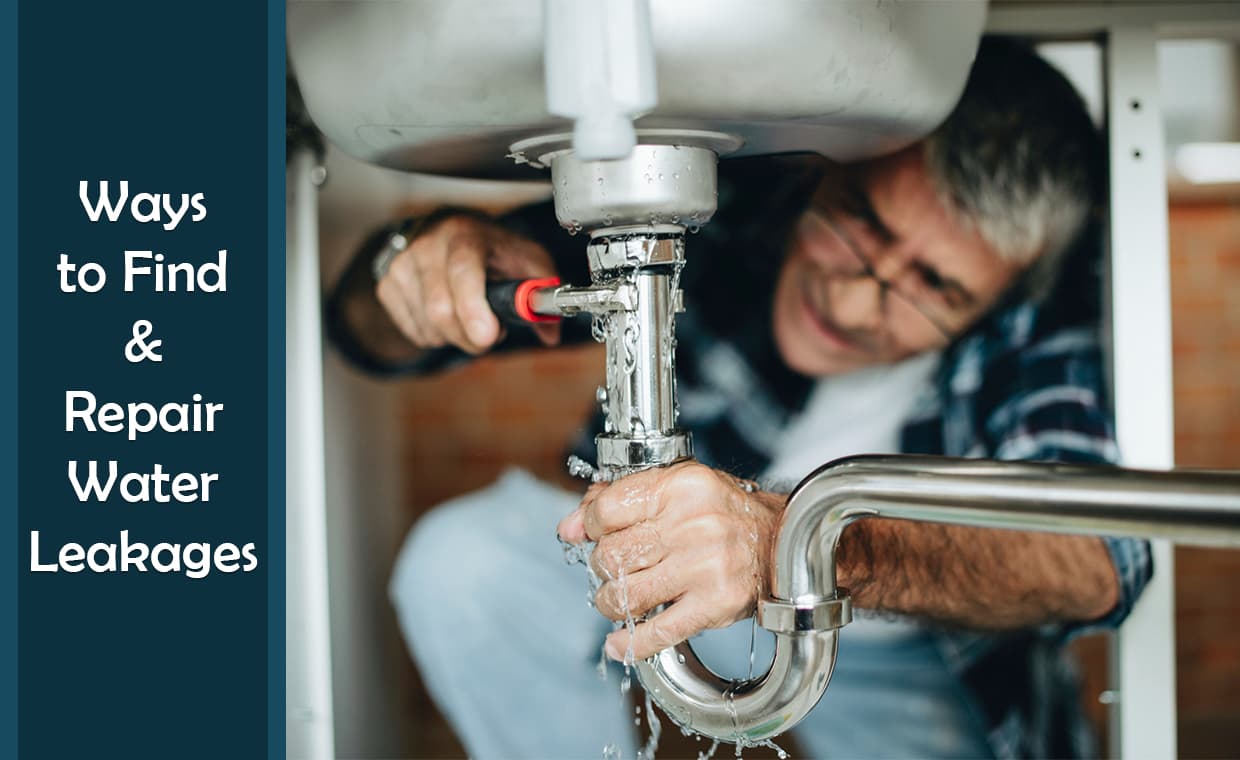
Metered water lines are installed in most residential areas to keep track of water consumption and bill customers. The cost of repairing a water leak in your supply line can be substantial.
When a leak has been discovered, there are a few things that you may do before calling a plumber to fix it. In the long term, the more you do, the less it will cost you!
Ways to Find and Repair Water Leaks
It is possible to find a water leaks by following a few simple steps and avoiding a nasty surprise from your local energy provider:
01. Inspect Hot Water Tank to Find Water Leaks

Inspect the hot water tank’s Pressure Relief Valve. These valves can leak if they’re routed directly into a drain, and you may not even be aware of it. Identify a hissing sound if you can’t remove the drain line to look for leaks.
02. Toilet Water Leaks
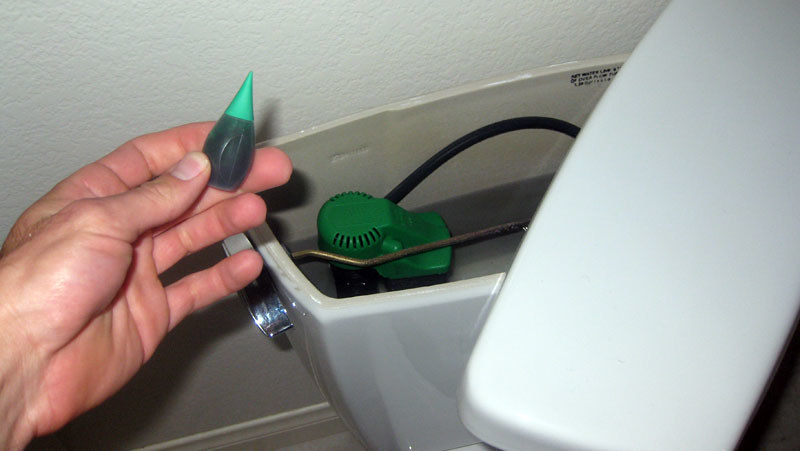
Remove the tank’s lid and listen carefully for any leaking water. Any hissing you hear should be tracked down and eliminated. To evaluate if you can repair water leak, discover the source and examine it. If you are unable to do so, you should contact a plumber.
If nothing is apparent, add a few drops of food coloring to the tank and see if it helps. If you notice color in the bowl after a few minutes, there is a breach in the tank’s bottom flapper enabling water to seep through. Calling a plumber or not is a decision you’ll have to make after you’ve completed the repair. If you can’t do it yourself, ask for a professional water leak detection service provider.
If you have more than one toilet, go ahead and repeat the procedure to ensure that you do not have more than one issue.
03. Line of Water Meters
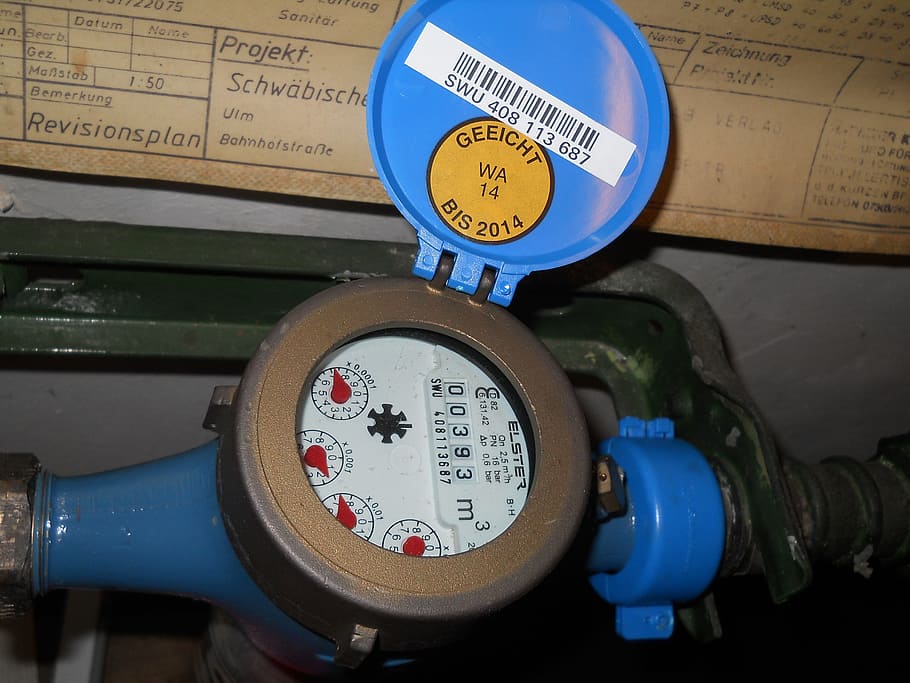
If the toilets are working fine, check the water meter to house water connection. Even though finding the leak for the plumber may seem harsh, you can save money by doing so.
You can check water meter by lifting its lid and monitoring the dial on top of it.
- If you know that your house has a shutoff valve nearby, turn it off momentarily and check the meter.
- Dirt or vegetation may have covered the meter head, in which case you should search to find it. Watch the meter to check if it’s rotating once you’ve seen it and the house has shut off the valve. As long as it’s still turning, there’s a leak somewhere in your home’s plumbing. However, leaking valves, such as those on older bronze gate valves, are prevalent. That would mean that your leak could be inside the house.

- As soon as the meter and shutoff valve are out of sight, walk the area between them. Find water damage indicators, such as wet patches of ground or grass that appear greener or grow more rapidly than the rest. Make an appointment with the plumber or examine whether the problem can be fixed on your own when you notice such a glaring indication.
If the meter has stopped moving after you switched off the valve at home, then the waterleak is within the house. Try a variety of methods to find a water leaks.
04. Hose Bibs Leakages
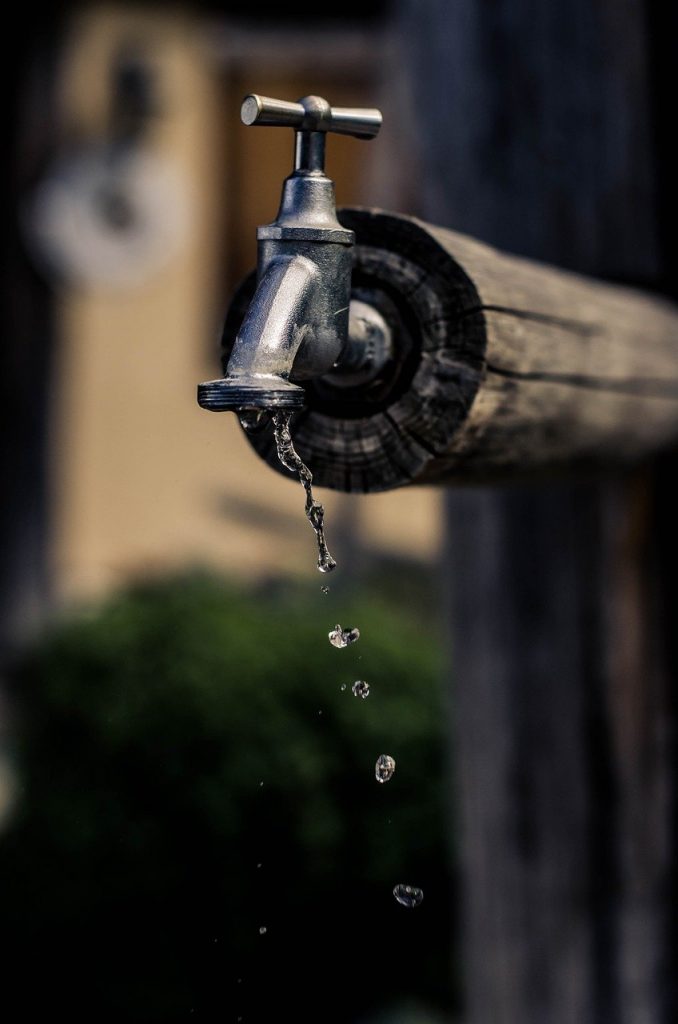
Attempt to find a water leak near the house. To do this, you’ll need to track down all of the hose-bibs.
- Using a long screwdriver, insert the tip into the metal section of the hose-bib and turn the screwdriver clockwise to remove the hose-bib from the pipe. Take a screwdriver and place your thumb knuckle on the tip. Then place your knuckle on the side of your head just in front of your ear to secure the screwdriver. Your eardrum will be directly in contact with the sound. Stereoscope-like functionality for a screwdriver has been proposed here. This method also works with the majority of metal valves.
- Make sure to pay attention to the hose-bib for any noises. The next time you hear something, make a note of where it is and move on to the next. Any time the sound increases louder at any of the other outlets, it indicates that the leak is closer to that unit. Do not forget to tell your plumber about this. By providing this information to the plumber, you can save time and money searching for the leak.
- The screwdriver can also be used to check your home’s plumbing fixtures, such as faucets in the kitchen and bathroom, shower valves, washers, and water heaters (be careful to avoid being scalded when working around the water heater). As long as you aren’t sure, call the plumber.
05. Other Water Leaks
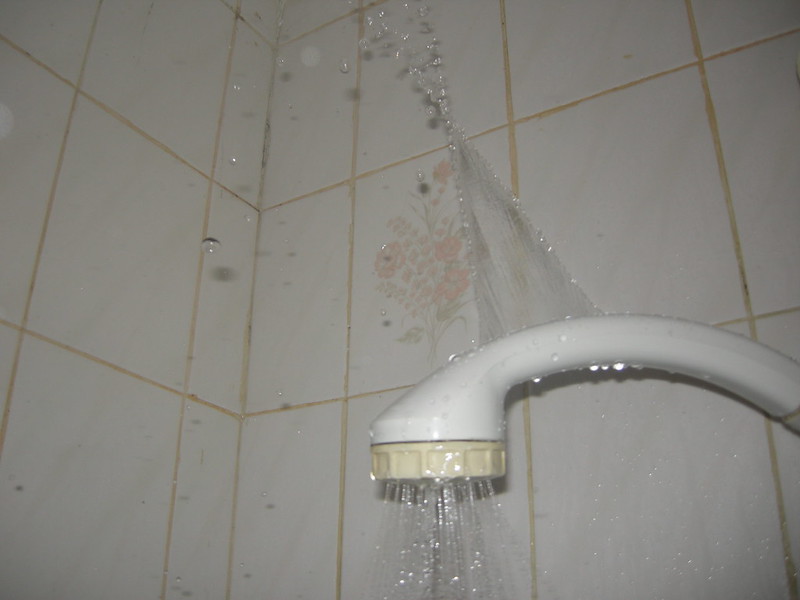
Look around the yard. Observe hoses, faucets, and drip irrigation systems in the garden. Make sure the showerhead isn’t dripping. If this is where the leak occurs, repairing it at home should be a piece of cake. Checking for water leaks in your pool is a must if you own one. After you check your pool for leaks, consider buying smart plumbing products that can help you find and stop future leaks.
Conclusion:
Be aware that to find and repair water leaks might be a difficult task in many circumstances. It’s possible to miss some of the leaks listed in this article if you aren’t familiar with plumbing positioning. Because many plumbers dislike searching for a problem, any aid you can provide will be appreciated, and this will save the plumber time and money, which will benefit you in the long run. You can try these techniques to discover an approximate position, which is a valuable exercise in and of itself.
You may also refer following articles to prevent water damage in your home:
Water Leakage in house: Top Common Spots in any Home!
6 Steps To Take In A Water Damage Emergency






























